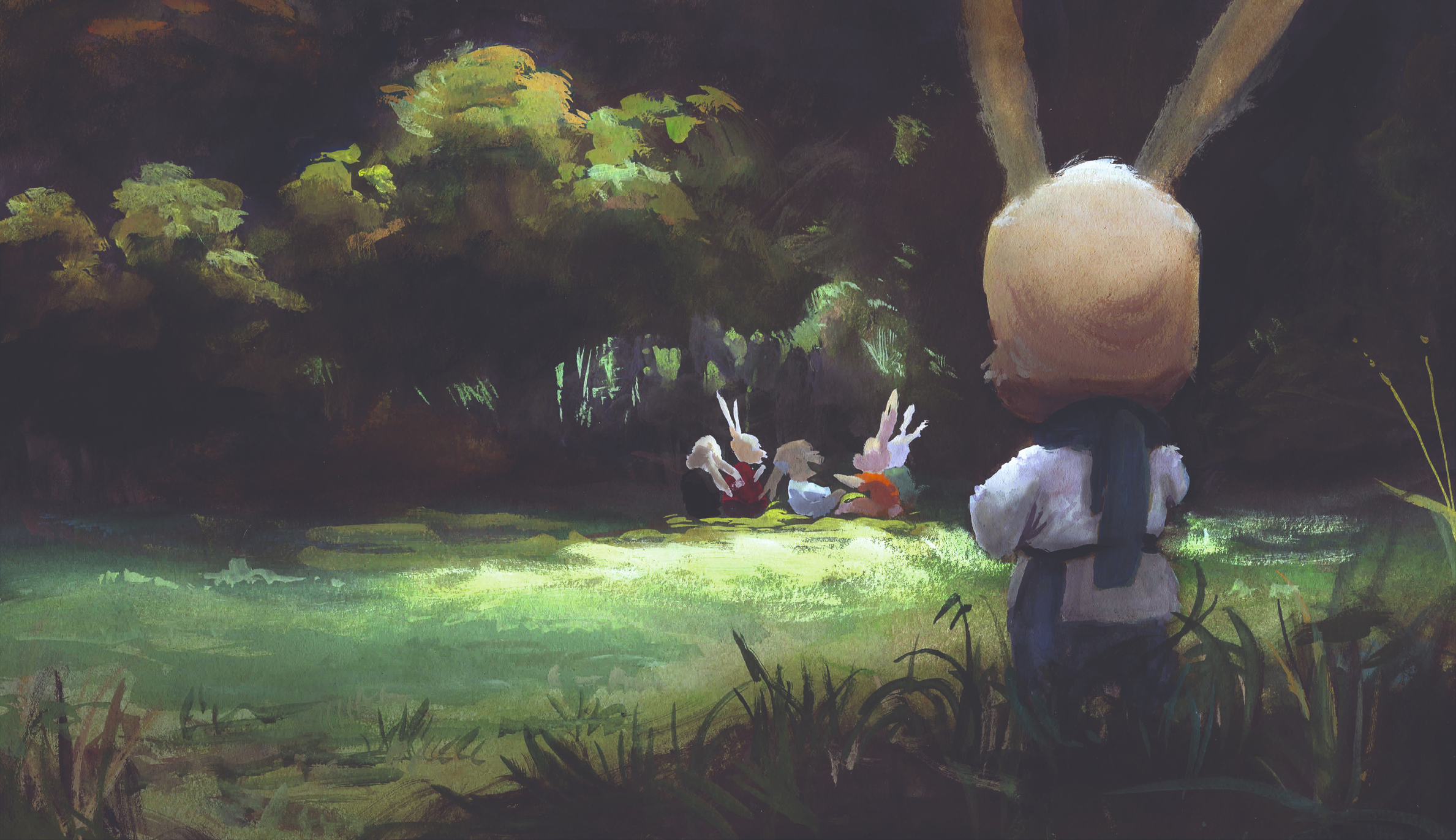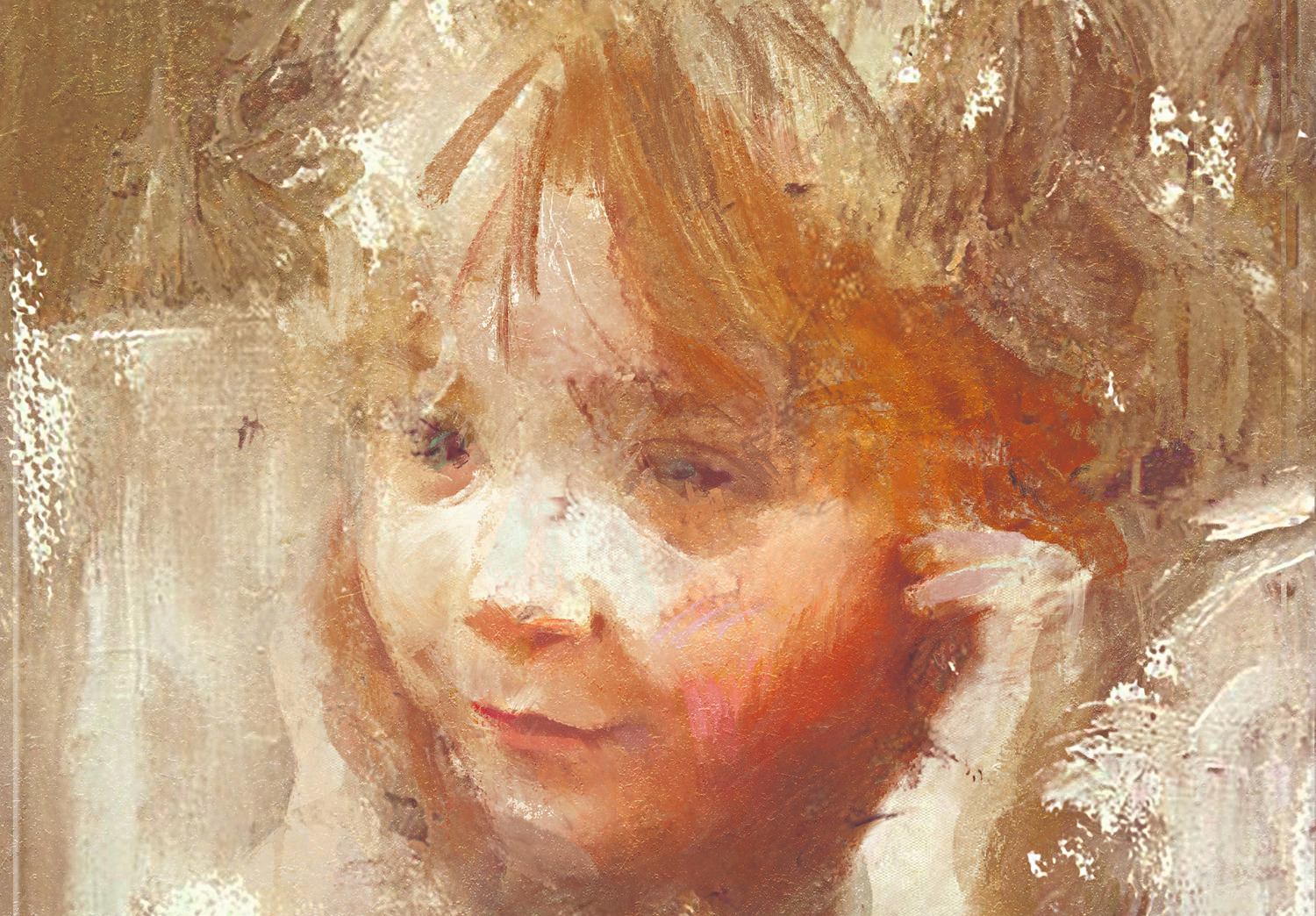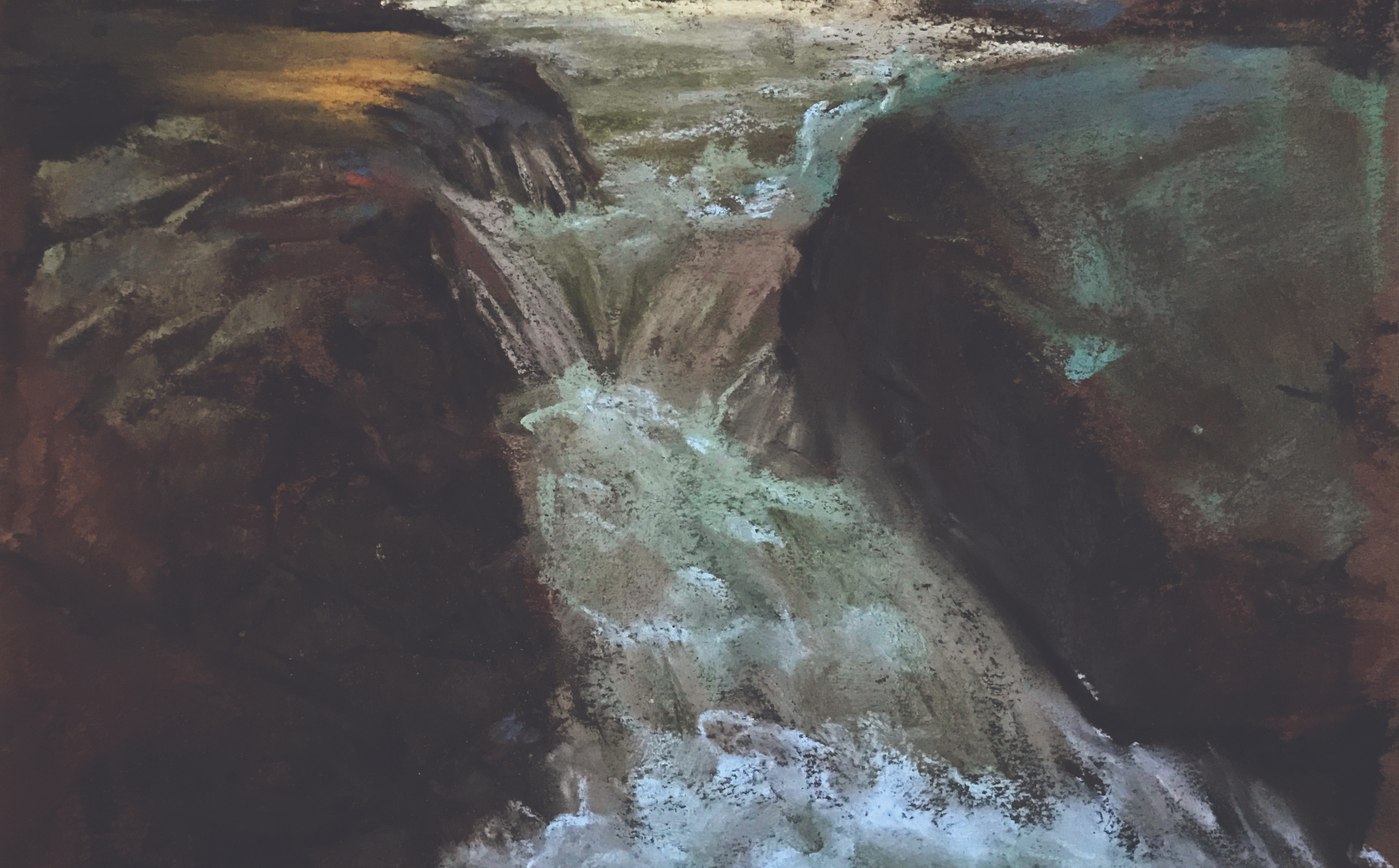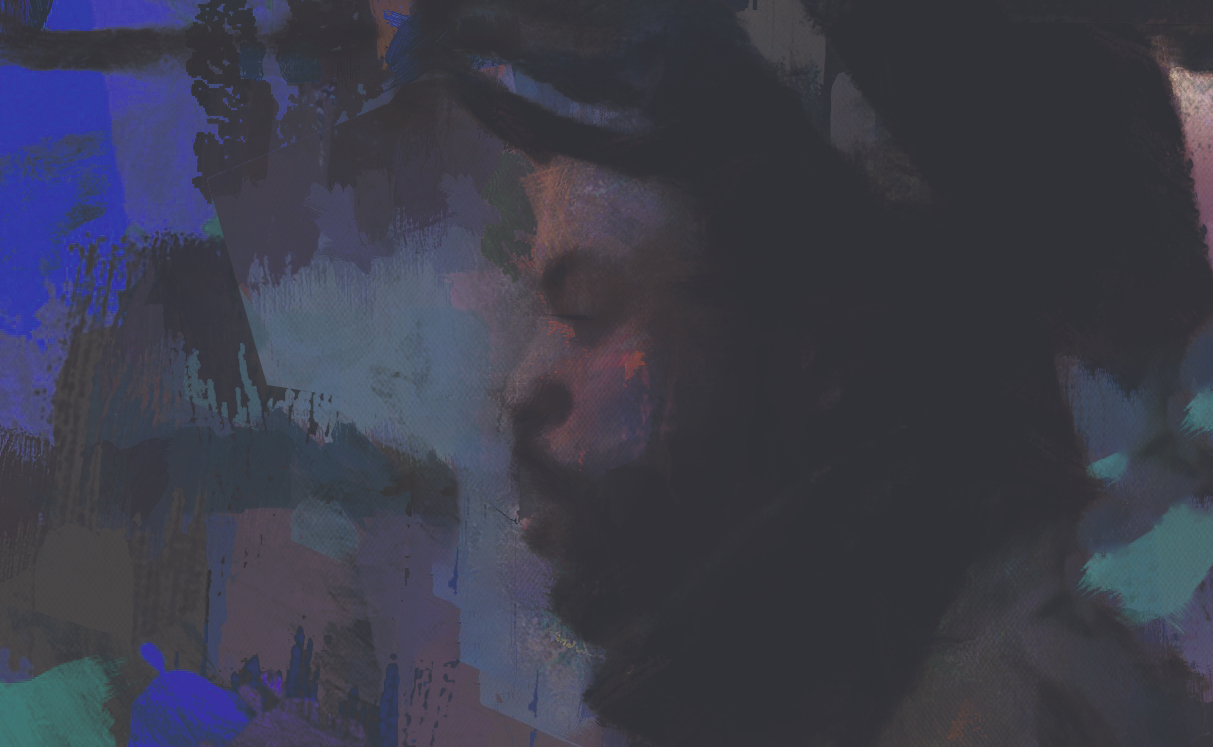How to get an animation job
Struggling to land an animation job? Netflix art director Drew Hartel has some helpful advice.

Landing an animation job and strengthening your skillset isn't always easy. I remember being so frustrated when trying to figure out how to get into the industry. Do I need to go to college, do I need a mentor, or is it like a contest and if I get an internship then I’m the lucky guy who gets to be trained to work in the industry? Although everybody is a different case and some may take longer to bag their dream animation job than others, you’ll get in as long as you don’t give up.
I put together these 15 tips to help those who are struggling through that awkward in-between phase and don’t quite know what to do while in the waiting room. Read on and don't give up on your ideal animation job.
Elsewhere, you can learn to stand out from the crowd when applying for the job of your dreams with these creative resumé examples, or check out our best animation tools or our top-rated animation software to improve your skills.
01. Put quality over quantity

A common question I get is, "When I get hired, how fast do I need to work?" To preface, this answer will vary from studio to studio. Some workplaces will give you a week or two to design a really nice set, while others will give you a day or two. Regardless of this, the thing that matters the most is the quality of your ideas. I've seen some artists churn out 25 character designs in a week while another does two or three and the director only has one thing on their mind: to pick out the right design for that character. Also, remember speed isn’t necessarily about time. In my experience it's about headspace, if I'm in the right headspace then I can get a lot more work done in three hours versus three days in a bad headspace.
02. Bring order to your portfolio

Your portfolio is your identity in the beginning. Did you know that you won't be present for your first interview? It'll be somebody meeting you via your website or your social media page. What will your portfolio say? Put yourself in the recruiter or art director's shoes. Your first piece is your opening statement, so make a strong impression by putting up your best piece. Make sure your portfolio tells your story. Organise it so that's clear and flows from one page to another. It should read like an art book: you want the viewer to continue scrolling from image to image to see everything you can do.
03. Boost your skillset

A common mistake I've seen with art school graduates is that they wait for the right job to come along. Never stop learning, improving yourself and exploring. I still hold on to this principle and sit in class weekly to learn more about ZBrush and CG tools to become a better art director who can understand what my 3D artists are facing when they translate designs. It's also so I can create new pipelines: my biggest passion lately has been thinking up new pipelines for projects. Every morning I do a sculpture to strengthen that muscle.
04. Show more than school work

This one is simple. Don't fill your portfolio with just assignments - recruiters can spot this, and what does that say about you as a person? Start a personal project and be more intimate with your work. When hiring, we want to see who you are in your work, and not just what your technical skills are. This is always where I start with people in my mentorship. I get straight to the emotions of the mentee. Who are you? Where are you from? What have you been through? What do you have to say?
05. Don't worry if you have no professional experience

Have you ever been on a job search and every posting says "Three to five years’ experience"? So what are you supposed to do if you've never worked? Good news is that these days anyone can make anything and share it with the world. So take yourself seriously, start a project and really set a goal to get that thing made. It'll produce professional work and you can put it in your portfolio. When you're in the interview and it comes up, then you can be honest and say, "I'm currently developing my own project but I'm looking to start working at an established studio."
06. Forget about college

This one I'd like to yell from the rooftops. This tip isn't meant to bash colleges. If you can afford to go to college, it can be a wonderful chance to strengthen your skillset. This tip is to emphasise that college isn't a roadblock by any means. In every interview I've ever had in this industry, not one person has asked me if or where I went to school. Don't let a lack of money, your location or anything get in your way of breaking into this industry. It's one of the things I love most about the arts: we judge based on talent, work ethic and voice, not on academics or social stature.
07. Strengthen your core art skills

Form, colour theory, lighting principles, perspective, shape language… these are the basics of art and design. Never stop strengthening these muscles. If you spend a year mastering Blender but you haven’t thought about shape language that year, it's not going to help you much in making great designs.
The art fundamentals haven't changed much over the past two millennia and it's crucial you keep strengthening them. I still spend time in nature painting and observing light because it teaches me new things or reminds me of things I may have forgotten.
08. Edit, edit, edit!

My favourite student question is, "Should I put my best piece in the beginning or at the end of my portfolio?" The answer is every piece should be your best piece. So when you're putting together your portfolio, edit it like crazy. Strip it of every weak piece and if that leaves you with four pieces then great! Keep those four and go make some new work that can live up to those four. Art directors aren't counting pieces. They're trying to find the right work for their project, so quality sits high above quantity when it comes to your portfolio.
09. Be nice and pay it forward

This is a big one. Be nice to people. It's a simple act, but people often forget that this is a small industry and being kind and helpful will only help you stay in it, while being mean or negative is going to create a reputation that somehow you're "difficult to work with". As I've said before, this is a collaborative industry and you really share life together at 40 hours a week. Be kind and pay those who have helped you along the way with kindness, and help others who are trying to get in. I was helped once by an artist who requested that I pay it forward and I intend to keep doing that throughout my career.
10. Understand the truth about internships

When I was first starting out as a student I had this false idea that an internship would teach me how to become a great artist. That maybe Disney would hire me and teach me to become a "Disney" artist. Well, at one point in time that may have been true, but today you have to be just about as good as any employee at that studio to become an intern. An internship is mutually beneficial. It helps studios get fresh new talent into their studios and it helps students gain some professional experience to work out any issues before starting a role where you’re more heavily relied on.
11. Connect with the right people

If you want to work at a studio, become familiar with the people who work there and introduce yourself. My advice would be to pick just a few people you admire from that studio and send them an email or plan to visit their booth at a convention. Be genuine and don't treat them like somebody you just want to get a job from. That would be a one-sided relationship and rarely works. Instead, share your work, share what you like about their work, ask for some feedback and have a nice conversation. Artists tend to be quiet and shy, but don’t forget that these films are made via a giant collaboration of hundreds of people. Get used to socialising and meeting new people.
12. Get consistent feedback

Find a friend, colleague or brutally honest family member who really wants to support you and show them your work often. I have this relationship with a few people and it's so beneficial to be able to get feedback on your work and begin to see your work without any bias. Just be careful not to show any professional work of course!
13. Use social media

Social media is a fantastic way to share your work with the world and it can sprout all kinds of unexpected opportunities. Share your work, like other people's work, comment and respond to comments. Be a nice, genuine person and people will start to notice you. Although social media is a great tool, it can also become a breeding ground for judgement and self-doubt. We see more likes and follows for somebody else and it can create self-doubt when your work isn't getting the same exposure. It works both ways where sometimes those who are receiving lots of likes and follows may not be working much in the industry, and if you mimic their work it'll likely not help you much. My best advice is to be present on social media, but know that it’s not a relevant guide to how well you’re doing on your artistic journey. It's simply a tool to socialise and keep in touch with people.
14. Consider mentorship programmes

Mentorships are a great way to figure out the puzzle of why you're not getting hired. Find a mentor who can give you feedback and teach you new ways of thinking, to bridge the gap between student and professional. Choose someone whose work you admire. They should be someone who wants to help you become you – not them.
15. Care for your mental health

This job requires a lot from you – not just your time and intellect, but also your emotions, thoughts, ideas and imagination. We all get overwhelmed, burnt out and feel unappreciated, but make sure that you're spending time taking care of your mind. Don't stop being "in love" with art – go outside for a walk or find a trusted friend you can vent at. Most importantly, never be ashamed to ask for help or seek a medical professional to help you. Your brain is like any other part of your body and there's no shame in requesting help if you feel something's not right.
This article originally appeared in ImagineFX, the world's best-selling magazine for digital artists. Subscribe here.
Related articles:
- Interview tips from experienced pros
- How to turn your creative passion into a career
- Little portfolio details that make a big difference
Daily design news, reviews, how-tos and more, as picked by the editors.
Drew is a film designer who’s worked on animated blockbusters such as Pixar’s Coco and Sony’s recent Academy Award winner, Spider- Man: Into the Spider- Verse. He’s currently creating artwork for Laika for its next untitled film project.
